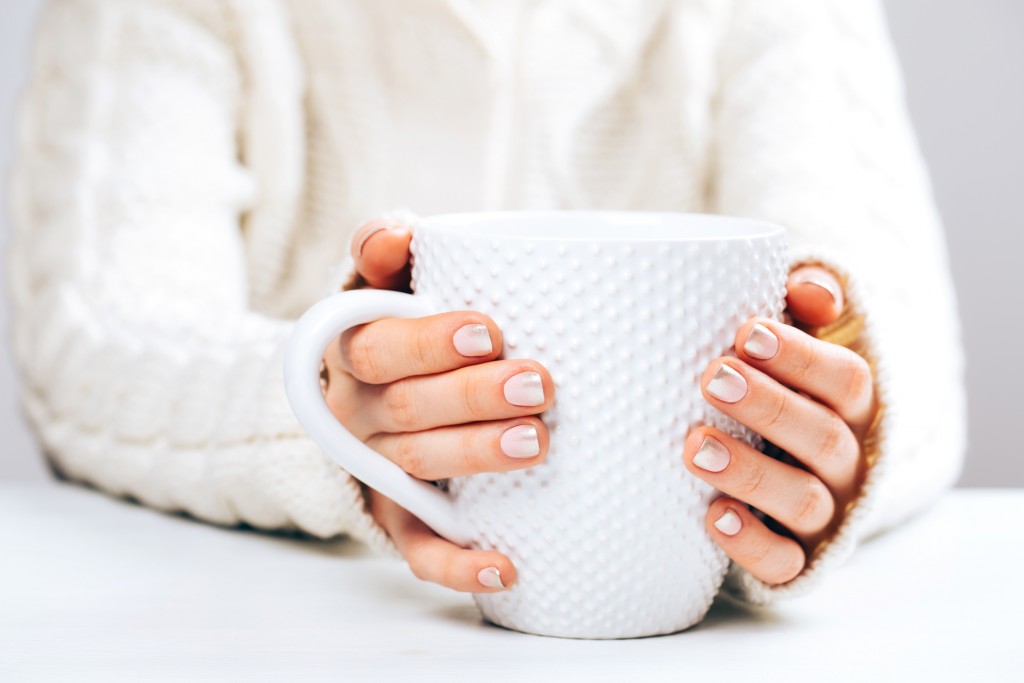
Protect yourself from cold conditions
Here are some basic tips to stop low temperatures from getting you down
When the days get shorter and the thermometer plunges, winter is on the way, and it’s time to protect yourself from the cold. Sometimes, this means more than getting a warm coat, because there are risks both inside and outside the home that could affect your health.
Low temperatures weaken our immune systems and cause changes in the body, putting us at risk of suffering from illnesses like flu, bronchitis, and pneumonia. Extremely cold weather can even cause hypothermia or frost bite.
When the body is exposed extreme cold, it loses more heat than it can generate, and the blood vessels in the skin contract to maintain body temperature. Cold air can affect the ability of the respiratory tract to protect us from diseases. It starts producing thicker mucous, and is less effective at dealing with viruses, leading to colds and infections.
Pathogens like the flu virus become more aggressive at low temperatures. The cold can also aggravate chronic and respiratory conditions and it is responsible for many traffic accidents, falls and intoxication from gas heaters.
How to deal with extreme cold
- Stay indoors: avoid outdoor activities, particularly if you are in a high-risk group, and avoid continuous sudden changes of temperature.
- Wear the right clothes: wear a wind and waterproof coat and several layers of light but warm clothes underneath. Avoid tight clothes. Looser garments allow air to flow between the skin and fabric and insulate the body. Cover your head, neck, and hands. The body loses a lot of heat through these areas.
- Warning signs: Make sure that your clothes are dry, and if you start shivering, go somewhere warm quickly. When doing physical tasks outdoors, move gently, and if you start sweating, remove layers of clothing.
- Be careful with gas and smoke: to protect yourself from the risk of fire or carbon monoxide poisoning, check that gas and wood-burning stoves are in perfect working order and that air vents are not blocked.
- Insulate your home: avoid drafts and don’t let the warmth escape through doors and windows. Close unused rooms. The ideal temperature in a home is 21ºC. Turning up the heating is not beneficial, to the contrary, it is a waste of energy.
- Eat the right food: food warms us up, but when it is cold we need more calories and eat larger quantities. We recommend you eat hot meals with sufficient calories (pulses, pasta soups, cream soups), which make you feel warm and contain different foods (vegetables, fruit, meat, eggs…). Before going to bed, a cup of broth, tea or hot milk will warm you up.
- Check the car before you leave: if you must drive, try travel with a companion. Check your car before you leave (tyres, brakes, lights, antifreeze, spark plugs) and fill the tank with fuel. Keep your mobile phone charged and get information from the state traffic and weather services. Even so, use public transport whenever you can.
- In case of frostbite or hypothermia: protect the victim from the cold and take him or her to a warm place. Remove any tight or damp clothing, dry and wrap the victim up warmly. If you notice signs of hypothermia (confusion or changes in mental state), call the emergency services immediately. This is 112 in the European Union, Switzerland, Montenegro, Turkey, Israel, and Russia. The emergency number in the United States, Canada, and Mexico, is 911.
These recommendations may help you deal with the cold, particularly in extreme situations.
Be particularly careful with elderly people, new-born babies and homeless people, who are particularly at risk in low temperatures.
This post is also available in: Portuguese (Portugal)
